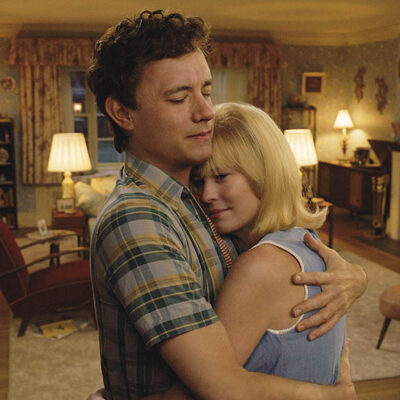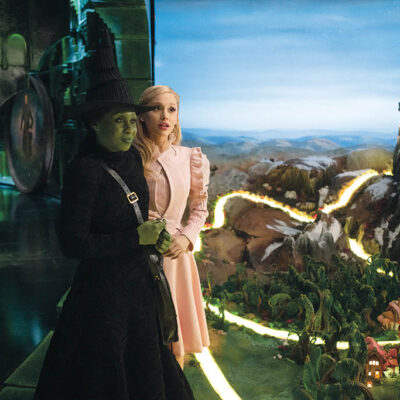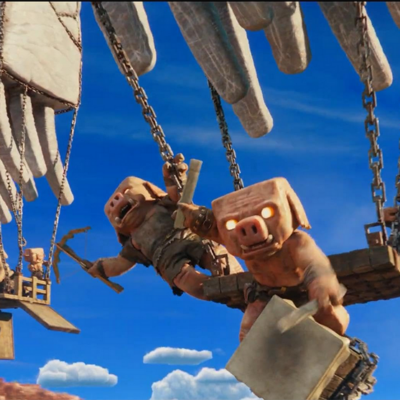By TREVOR HOGG
There is mystique associated with the samurai code of honor known as Bushido (‘the way of the warrior’), but do you remain faithful to the code if the enemy does not obey the rules of warfare? That prevailing question is explored by video game publisher Sucker Punch Productions in Ghost of Tsushima, which takes place in feudal Japan during the Mongol invasion of Tsushima Island in 1274.
“From the beginning, the game was always about a samurai who had to sacrifice his honor in order to save his home from Mongol invaders,” states Nate Fox, Creative Director at Sucker Punch. “However, the details of that story and gameplay evolved over time as we iterated on better and better ways to get across the core concept. Nothing too radical; we didn’t go from a first to third-person camera or anything, but we had a few bad prototypes and missions along the way. We chuck the bits that aren’t working out and double down on what’s strong; that’s game development.”





























